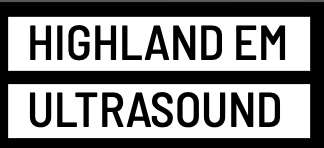Posterior tibial blocks are the best analgesia for calcaneal fractures
/The posterior tibial block is one every EP should know. Download and view or how to HERE
CASE: Bilateral calcaneal fractures after falling off a roof. He was on a roof and then somehow got into a water fight with kids. The kids won. He slid face first down the roof, grabbed the gutter, did a flip and landed on his heels on the concrete below resulting in bilateral calcaneal fractures.
In the ED, given the mechanism, he required a trauma service consult and an orthopedics consult combined with pain film imaging of his lower extremities and lumbar spine CT.
To accomplish all this, the patient was in the ED for several hours. Morphine took the edge off, but he complained of persistent 9/10 pain.
Posterior Tibial block for calcaneal fractures
This works so well because the calcaneous itself is innervated primarily by its namesake nerve that is a terminal branch of the posterior tibial nerve. The patient will loose sensation to the sole of the foot but retain motor function at the ankle and toes. The advantage of the selective block is that it should not disrupt the neurologic exam in a patient with a potential lumbar fracture. The disadvantage is that the associated trauma such as ankle sprain will likely continue to cause some pain.
I would consider this an entry level block. The positioning is straightforward, the needling shallow, and the major structure to avoid ( the posterior tibial artery) is easy to identify. The only issue that comes up is that although the nerve ALWAYS runs adjacent to the artery, it can at times run deep to it, anterior to it, or posterior to it. If you are lost, try gently hydrodissecting with saline around the posterior tibial artery just above the medial malleolus and the typical honeycomb nerve should become clear.
Case resolution
You guessed it. It worked beautifully. We placed bilateral blocks and his pain went to 1/10. He was very grateful and the workup could be completed in comfort. He was discharged home with an oral analgesic regimen.




